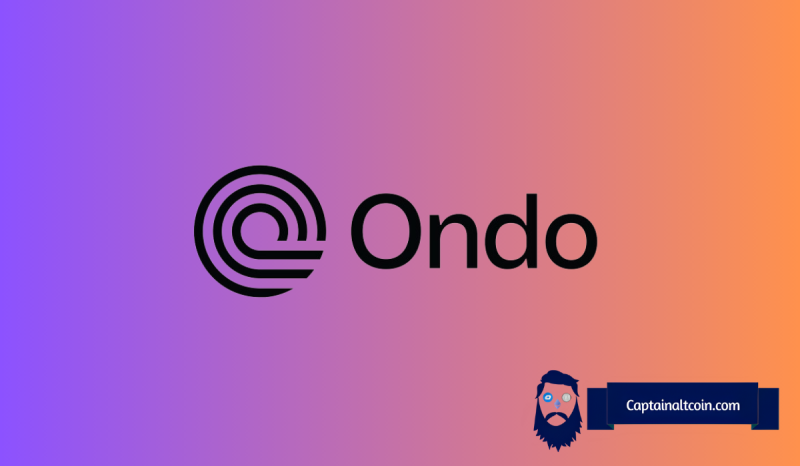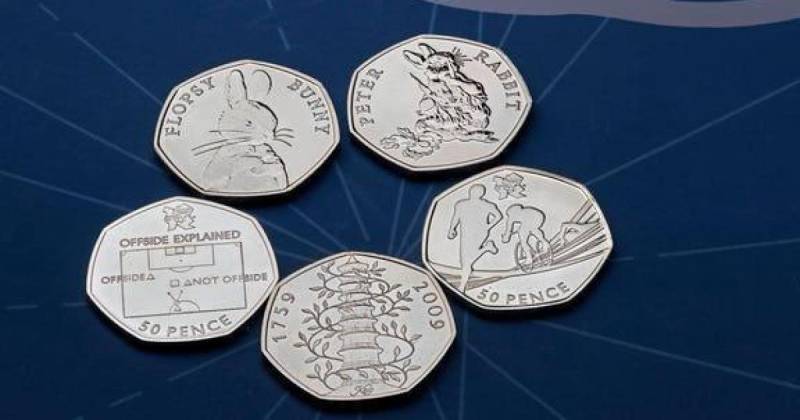 |
|
 |
|
 |
|
 |
|
 |
|
 |
|
 |
|
 |
|
 |
|
 |
|
 |
|
 |
|
 |
|
 |
|
 |
|
Cryptocurrency News Articles
Japan May Reclassify Digital Assets from Payment Methods to Financial Products
Feb 28, 2025 at 10:00 am
Japan may change its classification of digital assets from payment methods to financial products, a move that would increase regulatory oversight for issuers.

Japan’s Financial Services Agency (FSA) is proposing that the national government change the classification of digital assets, aiming to increase regulatory oversight for issuers.
This move is in response to an increasing number of investment scams as the digital asset market has grown to roughly JPY 4.5 trillion (USD 30.11 billion). The regulator proposes that the government review the change by the middle of 2025.
It would place digital (or “crypto”) assets under the Financial Instruments and Exchange Act, similar to company shares. Although there are technically already registration requirements for digital asset issuers, they are not as strict as those covering more “traditional” investments.
If adopted as policy and then law, this would mean far greater disclosure of issuers’ identities and corporate status. Digital assets in Japan are currently covered by the Payment Services Act.
This classifies them more as a form of payment than a financial instrument or investment—similar to in-app tokens, store loyalty points, or gift cards. The Act refers to such payment methods as “virtual currencies,” which may include any blockchain and non-blockchain digital assets other than digital versions of the national currency (JPY). To be a digital payment method, an asset must exist electronically and be recordable on an electronic device, have a property value, and can be exchanged for other goods or services.
Since 2017, the FSA has defined the “crypto assets” subcategory more specifically, with tighter regulations for exchange platforms. In the years since then, more regulations have been aimed at protecting consumers, such as prohibiting misleading advertisements and increasing customer ID requirements, as well as scrutiny of transactions involving stablecoins.
Anyone who’s ever used a public chat app is used to seeing a multitude of investment scams, and it’s highly probable the word “crypto” will appear somewhere in the blurb. Most will ignore them, but the percentage of users gullible enough to throw money at strangers makes them worthwhile.
Some schemes would seem bizarre to anyone with an ounce of skepticism, but Japan’s large population (a high percentage of which is over 60 years old) still means there are plenty of potential marks. One example from 2023 involved a Tokyo-based company called VISION and its “affiliates” that sold shares in rental “USB devices” in return for cash payouts. When the cash payments ran out, VISION began paying investors in a cryptocoin called “V Cash,” an asset that did exist, but wasn’t listed on any exchange and was essentially worthless. Over 3,000 people fell for the scheme, losing over $1 million in total.
Bitcoin was the first blockchain network to appear, but since its initial release in 2009, thousands more blockchains have been created, each with its own native token. Tokenization protocols on many of those networks have made creating a blockchain-verifiable digital asset relatively simple and selling it as the “next hot coin” to anyone willing to buy some.
Even with enhanced registration requirements, scammers will always find ways to scam—especially since many schemes don’s even involve actual digital assets or have an issuer to register. However, they may reduce the number of “pump and dump” schemes that issue an asset and inflate the price before the issuer and their groups of insiders sell off their bags at an agreed time, causing market prices to crash and leaving more gullible buyers with nothing but worthless digital tokens.See More
Disclaimer:info@kdj.com
The information provided is not trading advice. kdj.com does not assume any responsibility for any investments made based on the information provided in this article. Cryptocurrencies are highly volatile and it is highly recommended that you invest with caution after thorough research!
If you believe that the content used on this website infringes your copyright, please contact us immediately (info@kdj.com) and we will delete it promptly.
-

- The 'memecoin supercycle' could fizzle out in the next six months, according to Bitwise CIO @Matt_Hougan.
- Feb 28, 2025 at 09:00 pm
- Memecoins have very long been a quirky and unpredictable segment of the cryptocurrency market. Initially regarded as a humorous or speculative investment, many of these tokens, such as Dogecoin, have gained considerable prominence and incited substantial price upswings
-

-

- If you are thinking about creating a crypto token, only having knowledge about the basic process and legislation won't be enough
- Feb 28, 2025 at 08:55 pm
- If you are thinking about creating a crypto token, only having knowledge about the basic process and legislation won't be enough. You'll also have to be an expert of token standards
-

-

-

- ChinaAMC (HK) launches Hong Kong's first tokenised money market fund that is also available to retail investors
- Feb 28, 2025 at 08:50 pm
- The new Hong Kong dollar-denominated fund, launched on the local cryptocurrency exchange OSL and securities brokerage Solomon, aims to provide investors with a low-risk, blockchain-based investment option
-

-

- As the crypto market continues to evolve, a few tokens are making waves and could potentially outpace Bitcoin's dominance by late 2025.
- Feb 28, 2025 at 08:45 pm
- Among them, four promising assets, PNUT, PEPE, XRP, and Rexas Finance, are gaining attention for their unique features and strong growth potential.
-























































